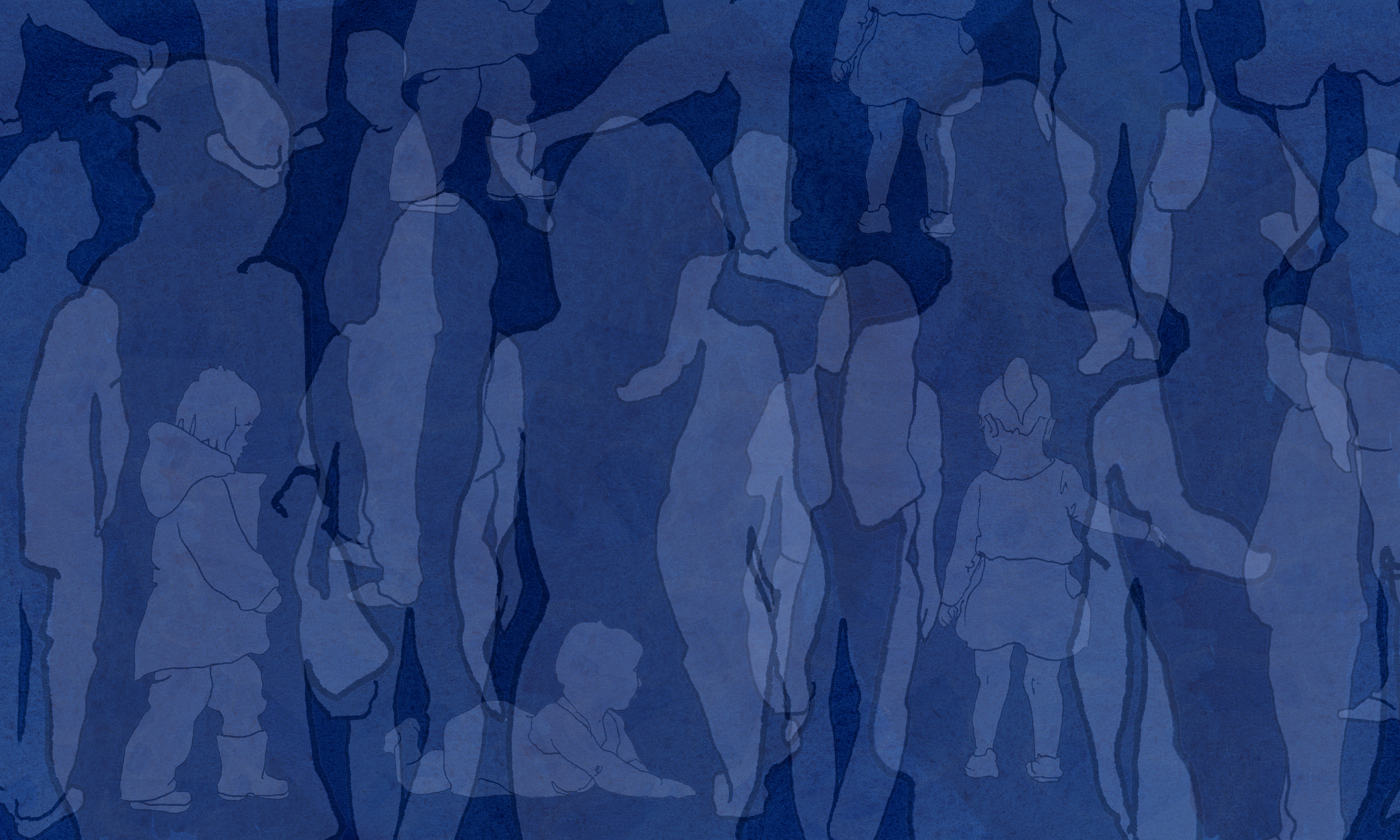Change is coming, how do we shape it for peace?
The beautiful ice of Greenland. Photo by Jennifer Latuperisa Andresen (Unsplash)
‘How do we create peace in perilous times?’
September 21 is the International United Nations Day of Peace, and this year’s theme was “Recovering better for an equitable and sustainable world,” in which “we are inspired to think creatively and collectively about how to help everyone recover better, how to build resilience, and how to transform our world into one that is more equal, more just, equitable, inclusive, sustainable, and healthier.”
Our Chair, Louise Tarrant, participated in a panel discussion at the Raising Peace Festival. These are her opening remarks, which not only connect the various ‘causes’ and challenges we face, but provide the scaffolding for a way forward.
Not enough that the sea levels are rising
Warming waters too mean the icebergs shear
As they hurtle down Greenland’s fjords
Massive vibrations unleash a quaking earth
They call it “a dynamic process of mutual amplification,”
Connected but separate
Unforeseen but predictable
“In a world of becoming, the devil resides in the vibrations.”
So with a bit of poetic license on my part, author William E. Connolly writes of the “fragility of the late modern order”. And just as Connolly warns of synchronous failures in arctic waters the same could be said:
As temperatures soar, shorelines shift, and deserts move
As crops fail, diseases thrive, and incomes falter
As fears are fanned, tensions rise, and people flee
Hearts harden, polities polarise, and lines are drawn
Here too we see:
“a dynamic process of mutual amplification”
Connected but separate
Unforeseen but predictable
“In a world of becoming, the devil resides in the vibrations.”
Our challenge today is how do we shape that world of becoming? “How,” as the UN Secretary General asks of us, “do we create peace in perilous times”?
Photo: Annie Spratt (Unsplash)
It’s an immodest task to answer in just a few minutes but here’s a few suggestions:
We need to start with belief — belief that we CAN create a new tomorrow. After decades of market solutions and hollowed out politics we have to move beyond the notion ‘there is no alternative’.
We need to understand that change is not an option. The only question is who will shape that change. As Connolly’s refrain reminds us — if we don’t act ‘the devils’ will.
We need to understand that inequality, climate change, pandemics and conflict intersect and exacerbate each other. It’s like battling a multi-headed- hydra and we need to find its source.
And we need more than opposition — ‘No is not enough’. We need an animating story of our own — values-aligned, broad in its embrace and compelling in its promissory offering.
And that’s not as hard as it sounds:
From the many conversations that went into developing the Australia reMADE vision, and our current Public Good project, we see recurring themes:
We are social beings of equal worth;
We thrive in community;
We long for connection and belonging; and
We want love and care centred for each other and our planet.
These values are further expressed in the vision’s 9 pillars.
When asked “If you were to wake up in the place of your dreams what would it look like?” people invariably identify:
It is a beautiful vision.
And it is eminently doable.
But it requires more than a few policy tweaks.
It requires a shift in power:
When we plan for Redistributive justice — money needs to move.
When we talk about Contributive justice — power needs to make way.
When we talk about Restorative justice — then history needs to pay.
It needs to recognise and bolster new power, including:
Greater stakeholder accountability for corporations.
Stronger countervailing forces of civic and worker organising, and
New pathways for citizen engagement.
These later enablers are key to building the new public force to advocate and shape the new tomorrow.
We the people need to act:
We need to build that new narrative. A narrative that sits comfortably with the values shift of the pandemic — to a world of care, connection and social solidarity.
We need to reframe the problems from being ‘unprecedented’ and ‘exceptional’ to being predictable, systemic and connected.
We need to argue against inevitability and promote agency.
We need to preach against division and despair in favour of connection and action.
We need to focus on the emergent, not just the emergency.
A just world. A sustainable world. A peaceful world.
As William Connolly reminds us – it is ours to shape in “a world of becoming”.
Book References:
The Fragility of Things by William E. Connolly, Duke University Press, 2013 p32 & 34.
‘No is not enough’ by Naomi Klein, 2018.
LOUISE TARRANT
Louise Tarrant is a lifelong unionist and spent many years with United Voice (including as National Secretary). Louise is passionate about dismantling the concentration of power and wealth that undermines our national sense of a fair go and fair play, that hollows out our democracy and puts business interests ahead of our environment. Louise is currently on the Board of Greenpeace Asia Pacific and the Climate Action Network (CANA) and is the current Chair of the Australia reMADE Secretariat.
Other blogs by Louise: What if we centred radical love at the heart of our politics?;
Stories from the home front: fires, floods and love enduring







